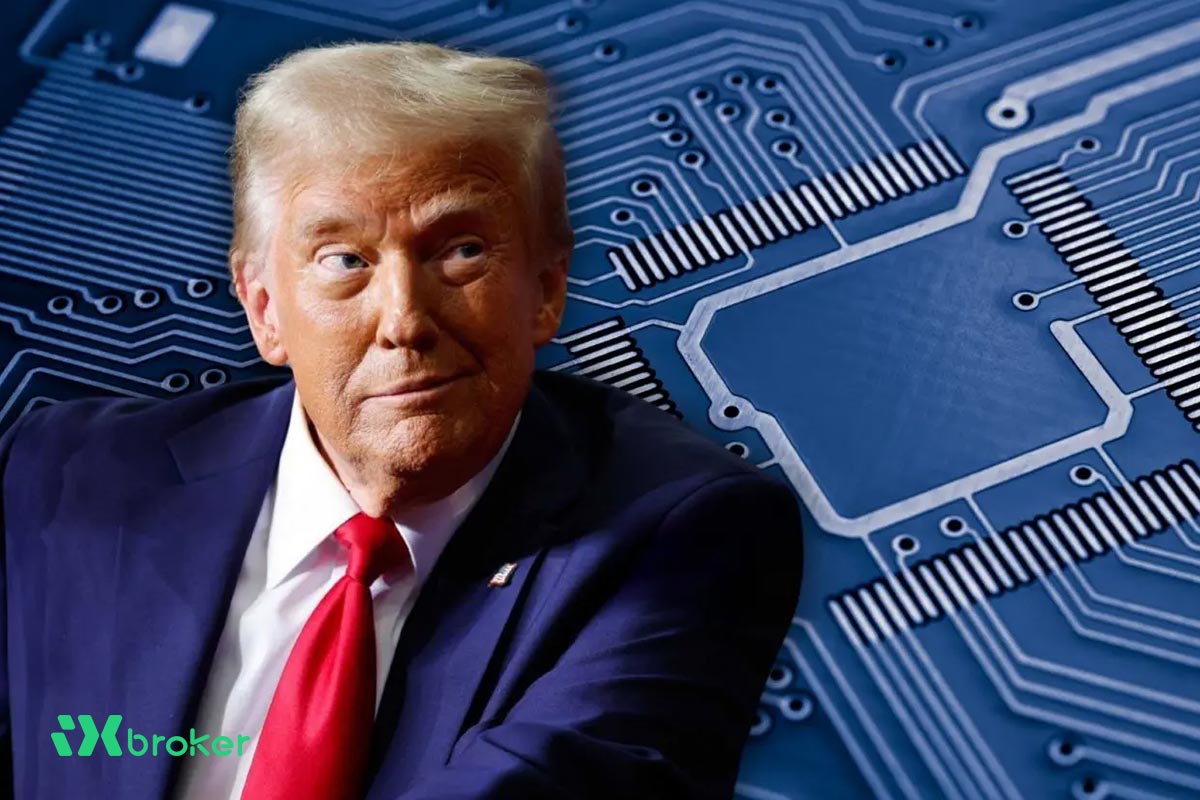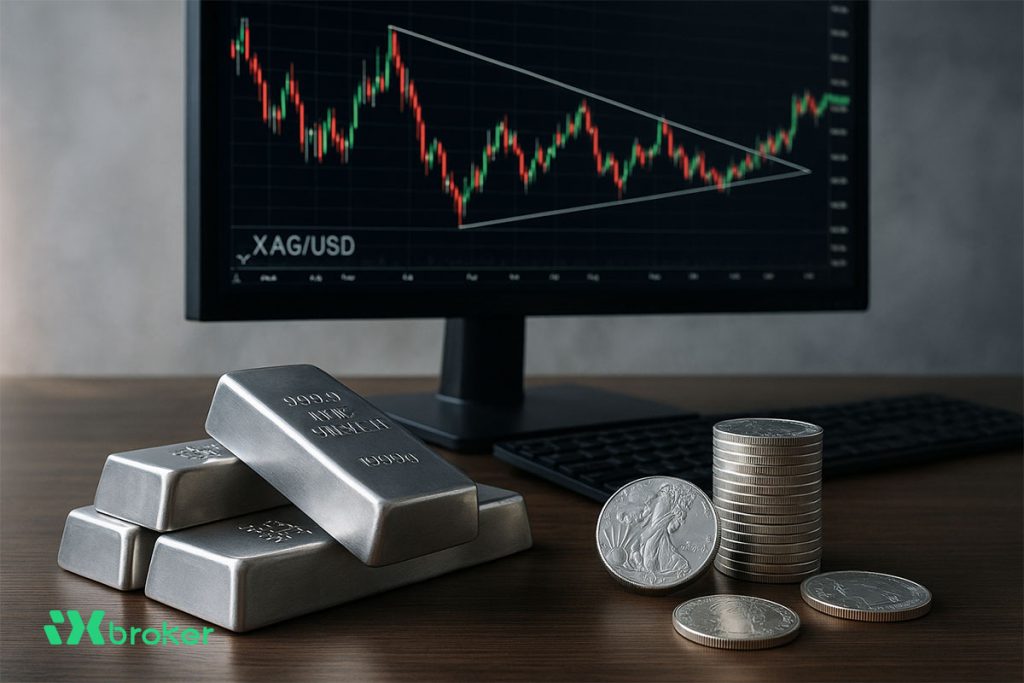United States President Donald Trump has threatened tariffs of up to 300% on semiconductor imports, with exemptions for companies that commit to building manufacturing or research facilities in the US. While Trump frames the move as a strategy to boost domestic investment, experts warn it could disrupt global supply chains and even penalize firms already producing chips in America.
Details of Trump’s plan
Few specifics have been released since Trump initially announced a 100% tariff at a White House event on August 7.
He said exemptions would apply to companies that follow through on plans to invest in US facilities, but tariffs could be applied retroactively if firms fail to meet their commitments.
“If, for some reason, you say you’re building, and you don’t build…we go back, add it up, and charge you at a later date,” Trump told reporters.
On August 11, aboard Air Force One, Trump suggested the tariff could reach 200–300% and promised more details would be announced soon.
Why impose tariffs on chips?
Trump aims to re-shore semiconductor manufacturing to the US and reduce dependence on foreign suppliers.
G Dan Hutcheson, vice chair of Canada’s TechInsights, said the goal is to reverse the cost disadvantage of manufacturing in the US, while granting exemptions to companies that align with this objective.
The tariffs also serve a broader geopolitical purpose, addressing US reliance on imported chips and strengthening Washington’s position in its technological rivalry with China. Earlier in 2024, the Trump administration launched investigations under Section 301 and Section 232 into China’s semiconductor trade practices and the national security risks of foreign chip dependence.
Who could be affected?
Foreign tech giants already investing in the US, such as TSMC and Samsung, are likely to be exempt.
The impact on other international chip makers, particularly in China, is less clear due to regulatory barriers on both sides.
According to Yongwook Ryu of the Lee Kuan Yew School of Public Policy, sector-specific tariffs like those on semiconductors are intended to strengthen US technological leadership and contain China, beyond general trade concerns.
The scale of US chip imports
The US imported roughly $40 billion in chips in 2024, mainly from Taiwan, Malaysia, Israel, South Korea, Ireland, Vietnam, Costa Rica, Mexico, and China, according to the American Enterprise Institute.
However, this figure does not capture the full scope: chips often cross borders multiple times for assembly or packaging. Chris Miller, author of Chip War, estimates another $50 billion worth of chips entered the US embedded in products like smartphones, cars, and home appliances. Many of these were originally manufactured in the US before being exported for testing and assembly abroad, then re-imported.
Why the tariffs worry the global chip industry
Trump’s plan has added uncertainty to an industry already facing trade disruption.
Nick Marro of the Economist Intelligence Unit noted that enforcement and details remain unclear, including whether tariffs would apply to chips made in the US or chips contained in finished products.
If applied to products containing chips, the tariffs could ripple through electronics, home appliances, automobiles, and auto parts.
Miller warned that while companies may initially absorb the costs, consumers in the US and globally are likely to bear the brunt in the long run.



